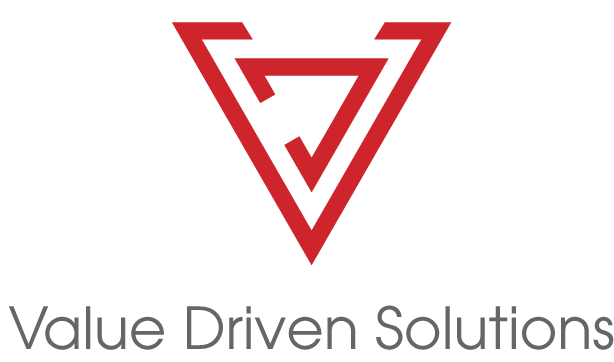In the ever-competitive landscape of mergers, acquisitions, and investments, due diligence stands as the sentinel, ensuring that decisions are informed, risks are managed, and opportunities are maximized. Conducting thorough due diligence isn’t just a procedural necessity – it's an art, a discipline, and a science rolled into one.
For businesses seeking to scale, be acquired, or make acquisitions, having a robust due diligence playbook can be a game-changer. Here’s a concise guide to creating yours.
1. Set Clear Objectives
Begin by outlining the key objectives for your due diligence process. Are you assessing the potential risks associated with an acquisition? Maybe you're trying to ascertain the value of a target company or evaluate the feasibility of entering a new market. Being specific about your goals will provide direction and focus.
2. Assemble a Multidisciplinary Team
Due diligence isn't a one-department show. It requires input from finance, legal, operations, technology, and often, sector-specific experts. By creating a cross-functional team, you ensure that all aspects of the target are scrutinized.
3. Financial Evaluation
This is the heart of many due diligence processes. Dive deep into financial statements, revenue projections, debt structures, and asset valuations. Look for red flags like inconsistent revenue patterns or unexplained expenses. Value Driven Solutions, with its expertise in finance, can offer invaluable insights in this arena.
4. Operational Assessment
Understand the inner workings of the target. This involves evaluating their supply chain efficiency, technology infrastructure, operational bottlenecks, and overall productivity metrics.
5. Legal and Compliance Scrutiny
Ensure that the target company has all the required licenses, follows industry regulations, and has no pending legal actions that could jeopardize the deal or devalue the investment.
6. Cultural and Organizational Review
An often-overlooked aspect, understanding the organizational culture can provide insights into employee morale, company values, and potential integration challenges post-acquisition.
7. Risk Management
Identify potential risks, both internal and external. This includes evaluating market volatility, competitive threats, potential regulatory changes, and internal risks such as key employee dependencies.
8. Create a Feedback Loop
Your due diligence process should be iterative. As you uncover information, loop back to re-evaluate earlier findings in light of new data. This dynamic approach can help in creating a holistic view of the target.
9. Establish Clear Communication Channels
Ensure that all stakeholders, including the target company, are kept in the loop. This not only fosters transparency but can also expedite the process by facilitating quicker information exchange.
10. Review and Refine
Post the completion of a due diligence process, review your playbook. What worked? What were the challenges? By refining your playbook regularly, you ensure it remains relevant and effective.
Conclusion
Due diligence is more than just ticking boxes. It's a rigorous process that, when executed well, can lead to successful mergers, seamless acquisitions, and lucrative investments. A well-defined playbook serves as the North Star, guiding businesses through this intricate journey.
For businesses aiming for a comprehensive and tailored due diligence strategy, the experts at Value Driven Solutions are here to assist.


